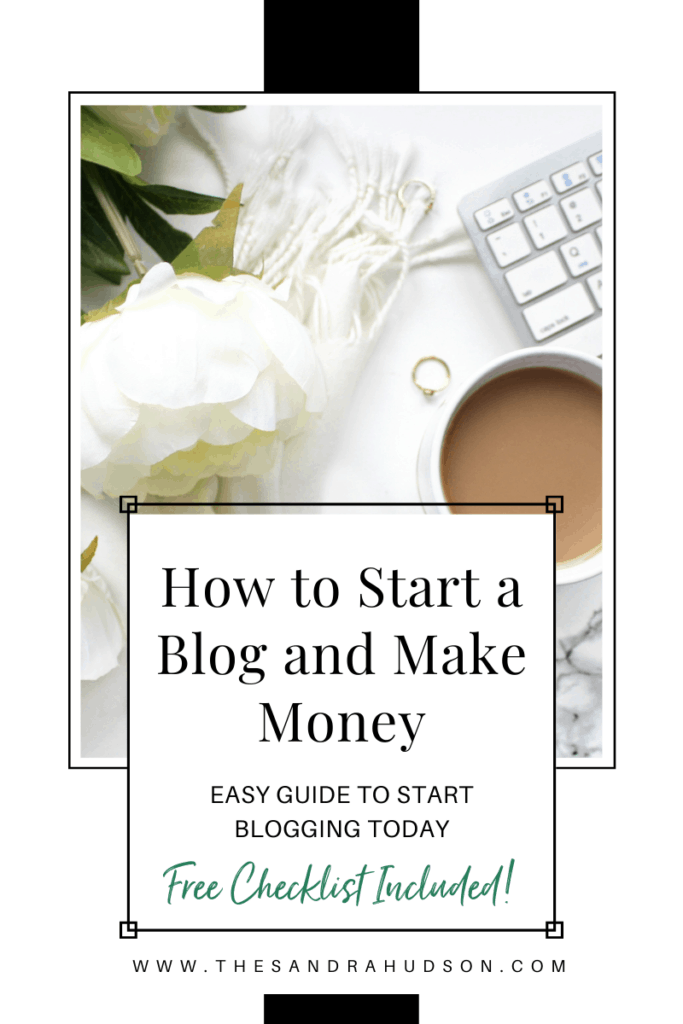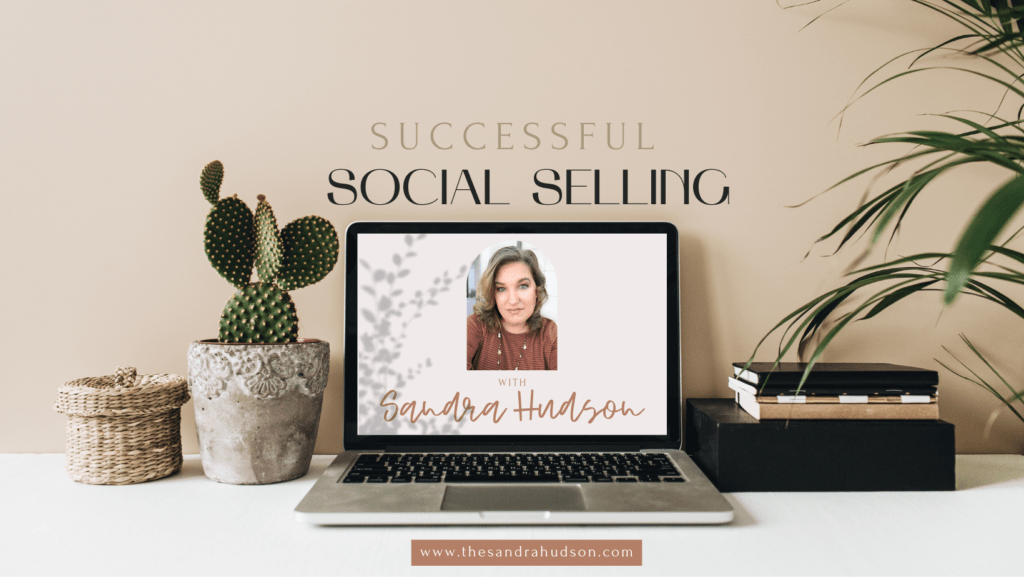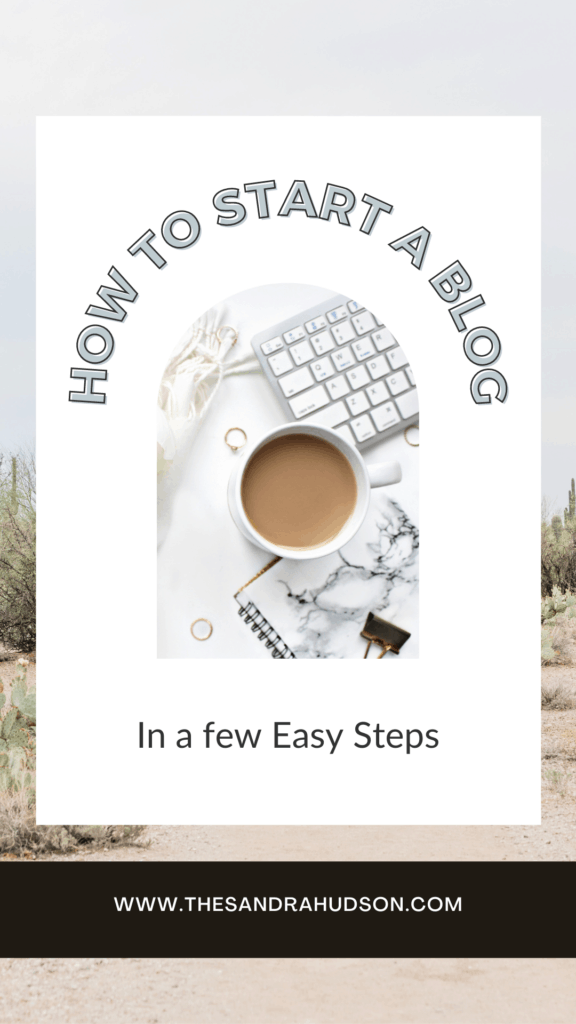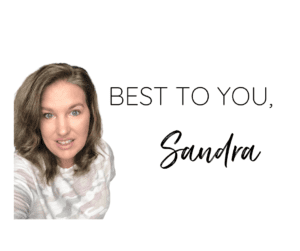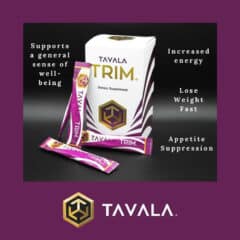THIS POST MAY CONTAIN AFFILIATE LINKS. THIS MEANS THAT I MAY RECEIVE A SMALL COMMISSION SHOULD YOU PURCHASE THROUGH ONE OF THESE LINKS. I ONLY RECOMMEND PRODUCTS AND SERVICES THAT I PERSONALLY USE, KNOW, LIKE, AND TRUST.
So you may have heard the hype around blogging and how great it can be to upscale your business or get your message out there. ( If not, here are a few of my favorites: )
It brings in new eyes to your business!
It’s a great way to show up on the first page of Google!
It’s an incredible resource for your clients/customers!
It keeps readers coming back for more!
They’re great to share on your email list!
It’s a great place to get feedback on how we’re doing and where we can improve!
It’s a great place to share a journey and connect with others going through the same thing!
Yes, blogs can do absolute wonders for a business of any size.
But has anyone actually taught you how to start one?
Well, Congratulations!
You’re about to learn the exact steps on how to go from “I have no blog whatsoever” to “Wow! My blog is bringing in thousands of views daily! I’m seeing more business than ever before!”
In this blog, we’ll hit the big topics of:
- Naming your Blog (arguably the most fun part too)
- Choosing a Platform
- Using a Web Host
- Picking a Blog Site Theme
Let’s dive into it, shall we?
For starters, let’s clarify exactly what’s considered a “blog” and how it will be most beneficial for your unique business.
While “blogging for business” seems like a totally different purpose than using a blog as an online diary/journal, the results are pretty much the same –
Blogs are a space to entertain, offer great information, tell stories, and share updates & secrets on what you’re up to.
… And if this is starting to sound like what you do on social media for your business, here are a few key differences:
- You own your blog. You can’t ever get “kicked off” or “blocked” or “thrown in blog jail.”
- There’s no text limit! FINALLY! A place where you can share your whole story with no limits or restrictions.
- Unlike posting on a platform where only 10% of your audience will see it, with blogs you’re guaranteed to be seen by every audience member – AND MORE!
Just like the reasons I mentioned at the start of this blog, blogging for business offers a huge opportunity for growth and expansion.
And just like your business, it can be as unique as you are!
Design it with your brand, your logos, your catchphrases, etc. Fill it with your unique stories of how you got started and where you’re headed.
(I’ll share more ideas for blog topics later.) In the meantime, please join my FREE community group where I coach you all about social media marketing & blogging strategies for small business owners.
Now, instead of diving into all the technical details of understanding native character encoding support, RSS feed compatibility… etc.
I thought I’d leave you with my professional opinion on how to get your blog up and running so you can reap the benefits a.s.a.p.
Then if you have any questions you’re more than welcome to send them my way! (Or just leave a comment below and I’ll help you out.)
Let’s get started!
CHOOSING A NAME FOR YOUR BLOG
For those who already have a business… Tah Dah! That’s your blog name! However, if you’re in network marketing or anything like that, think outside the box and focus on branding yourself and not the company you represent.
Or of course, you can always play off of it in a cute way, like if Chewy.com had a blog they could call it “Treat Reads.”
But for anyone who’s enjoying the sweet beginnings, here are a few tips to consider:
- Choose a name that encompasses your brand, but is also easy to search for!
- For example, if you have a business around gut health, a blog named “Healthy Gut Tips” may be more likely to show up on a google search than if it were called “Down the Gutter.”
- Consider mentioning who you blog for so your readers know they’re in the right place and the message is for them.
- “Mommy’s Guide” is clearly for mothers.
- Use the name to “set the tone” of what’s going on here and what people can expect.
- “Mindful Monday Mornings” lets the reader know what topics you’ll cover and even when to expect new posts.
Here are a couple of pro-tips:
- DON’T misspell your blog name to be cute. You may think it’s “fun” or “clever,” but it’ll end up being confusing for the prospects who are trying to find you & your business.
- Use a domain search and start checking what is available out there. (If possible, a domain that has a .com is always the most popular if you can make that happen.)
Now let’s dive into the less-fun-but-still-very-important technical side of starting a blog.
SETTING UP YOUR BLOG SITE
These days there are SO MANY CHOICES when it comes to staking out your space on the internet (aka making a blog site).
If by chance you’ve already got a website… good news!
You most likely already have a way to add a blog to your site!
For example, if you’ve got your website on Squarespace you can easily go to Support and find exactly how to add one.
But if your business is elsewhere (or maybe even not on the internet yet), then choosing a platform for your blog is going to be a very important step.
And guess what, reader?
I’ve done all the hard work and made all the mistakes for you, so you can get your blog started with ease & expertise.
Part 1: The Blog Platform
Confession time…..
When I first launched my blog, I paid a lot of money for a custom site on Wix because I could not figure out WordPress to save my life.
Eight months later…..I realized I made a huge mistake.
Turns out it’s really difficult to monetize and personalize a blog using that platform! It felt like such a waste of time and money…
So I went as far as to seek out a blog & branding coach who could help me tackle my fear of WordPress…
and it was the best thing I have ever done.
If you want to own your content and monetize for the long haul, save yourself all the hassle and choose WordPress.org (not .com).
I’m not gonna lie, WordPress does take more work on the front-end of things, but there’s a reason every professional blogger uses this platform.
- WordPress has all the integrations you could ever need (from your email, your social media, your payment plan, etc.)
- WordPress is incredibly SEO friendly — *this is that fancy marketing term you may have heard that gets your blog on the front page of Google.
- They have amazing community support. If I ever have an issue, I can pick up the phone or start an online chat, and someone is there to help me.
For anyone who still feels totally overwhelmed when it comes to tackling WordPress, my second choice would be to give Squarespace a try.
Both platforms have great Themes & Layouts to help you ease past the design phase and get straight to writing!
Part 2: Getting Hosting for Your Blog Site
Ever heard of Website Hosting?
Yeah, I hadn’t either.
Basically, it’s kind of like what The Cloud does for magically holding all of your saved files and documents.
It’s another one of those “website should-haves” to make sure your blog is visible to the right people.
A lot of web hosts also come with more than just “making sure you keep your zone of the internet secure.”
They’ll offer things like email systems (for when you’re ready to tackle email marketing), owning domains, etc.
Here’s the next big headache saver for you: try Bluehost.
- Bluehost is perfectly compatible with WordPress
- It is way TOO easy to use
- Bluehost is also the cheapest at only $2.95 per month for the first 1-3 years.
- The customer service is spectacular and I could not be happier with them.
Part 3: Choosing a Theme
(Honestly, anyone with a website has already put in the hard work here, so good for you!)
When it comes to choosing a theme, luckily whatever Platform you choose is most likely going to have options for you to choose from.
(I know WordPress does.)
So instead of worrying about building your own, just pick whichever blog has the right look and functions for your brand!
Colors in business can often have different meanings, so if you don’t have your brand colors chosen yet be sure to take the time to research those!
(But we’ll save more on that topic for another day.)
Here are a few key things to consider when choosing a theme:
- Look for functionality first. What do you want to be able to do with your blogs? Do you want to be able to sell things or have CTAs embedded in them? Where do you want to be able to share your blog?
- Consider how the page flows, and how easy it is to search. Some themes will shrink a blog down to a “preview” size, others will only show the Name & Picture associated with that blog. How do you want your readers to be able to scroll through and find what they’re looking for?
- Note how the blog connects or stands alone from your website. Is the blog just a “tab” on your website? Does it stand completely separate from its own site?
For now, that’s all I have for you!
We covered a lot of ground together, but I hope you’re feeling more comfortable and confident with getting started on your blog. Once it is up and running, you can start writing. And let’s face it, that is really the most fun part of this journey!!
Don’t forget to grab your FREE Blogger’s Checklist ![]()
Have I inspired you to start your blog today? I sure hope so!!
Comment below or message me at thesandrahudson@gmail.com with any of your questions.
